Best places to eat outside Asia’s food capitals
Asia’s reputation for satisfying the haughtiest palates has certainly grown in the last decade, putting food capitals such as Tokyo, Hong Kong, Shanghai and Singapore in the hot seat. By and large these metropolises have delivered, hogging the top spots on many top restaurants lists, and, consequently, drawing even greater crowds.
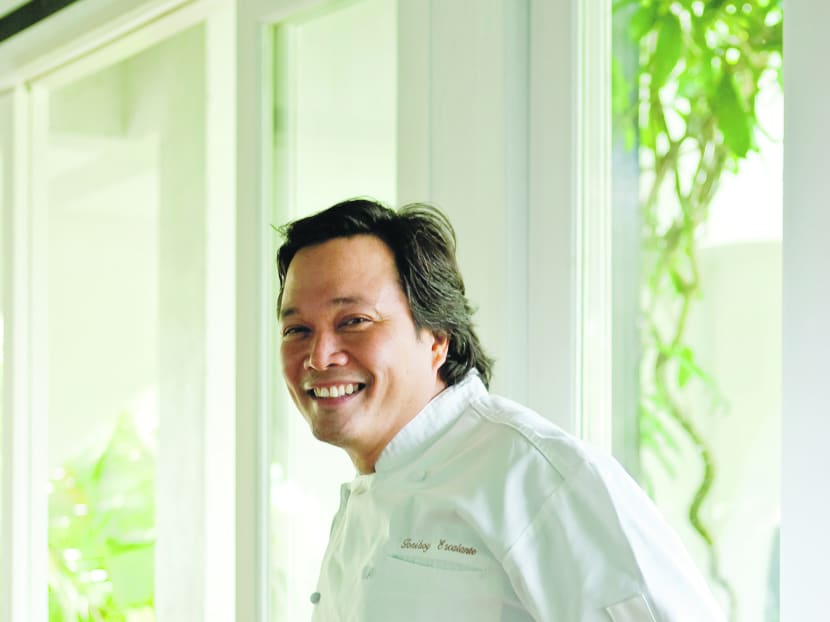
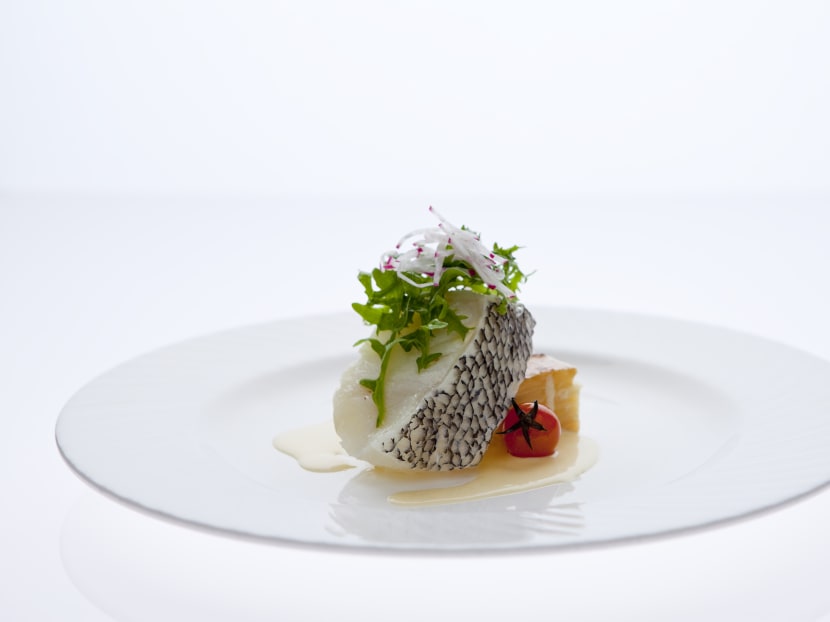
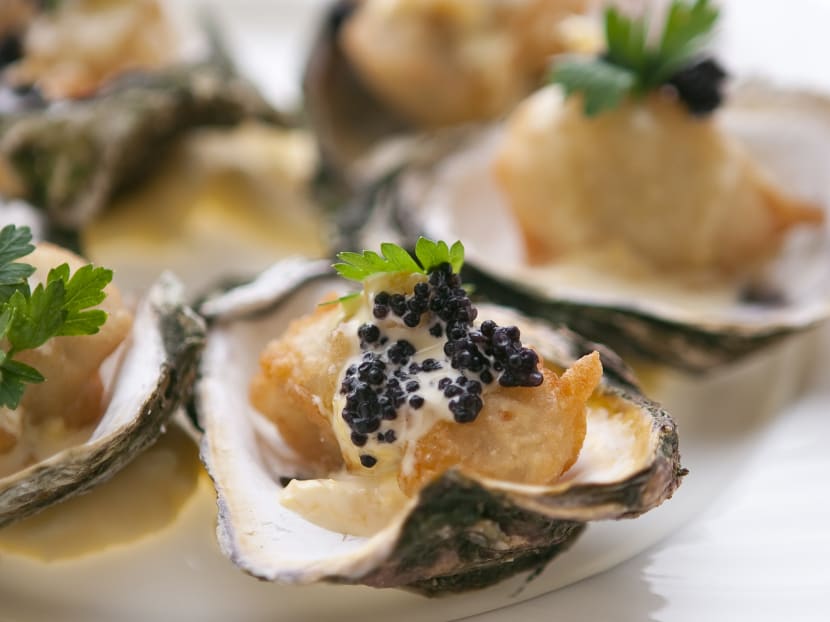
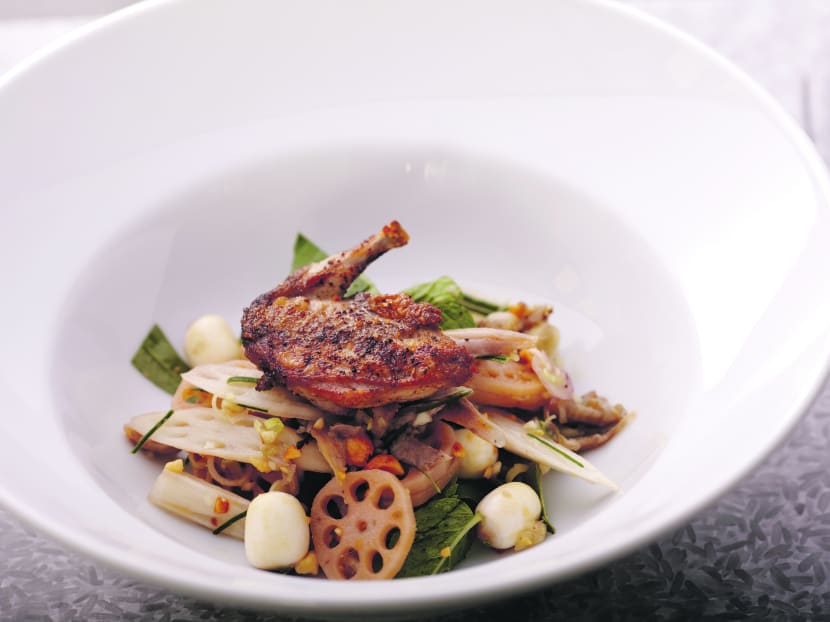
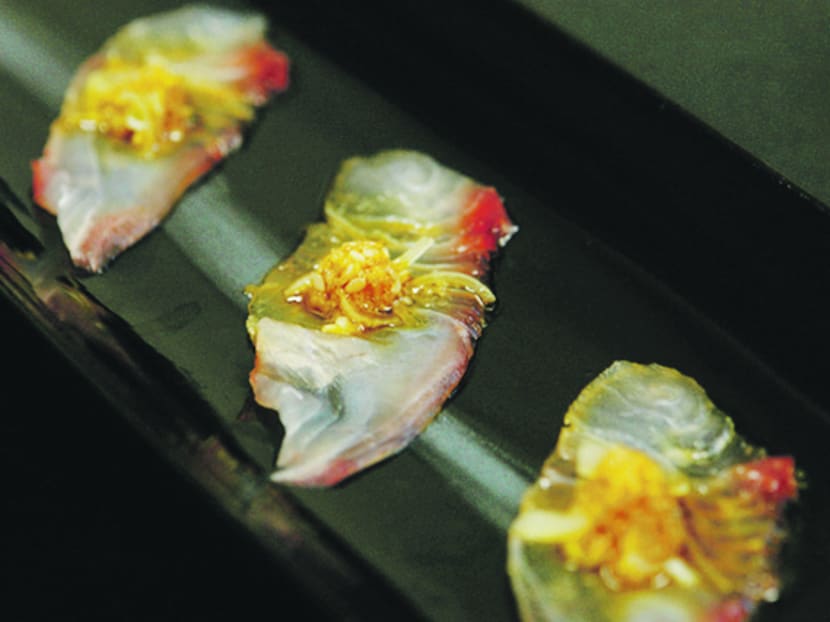

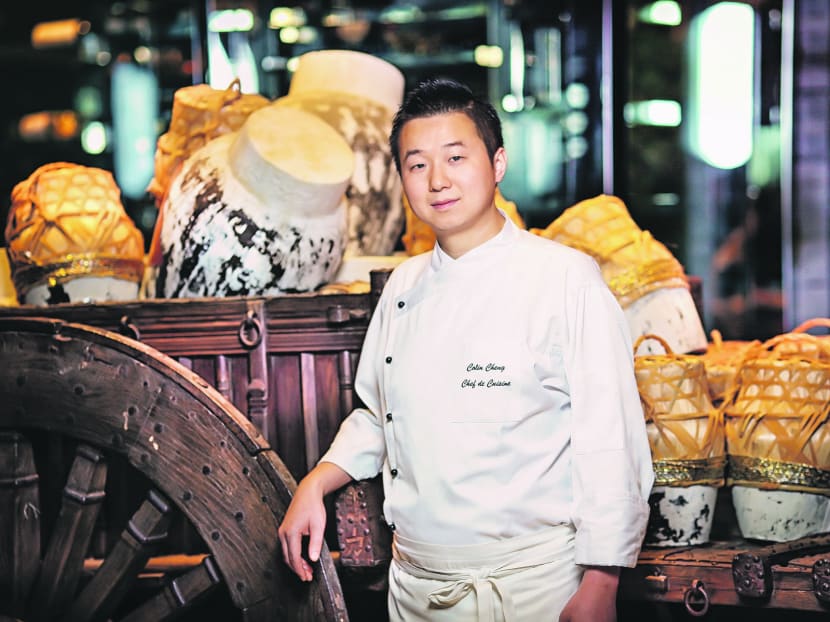
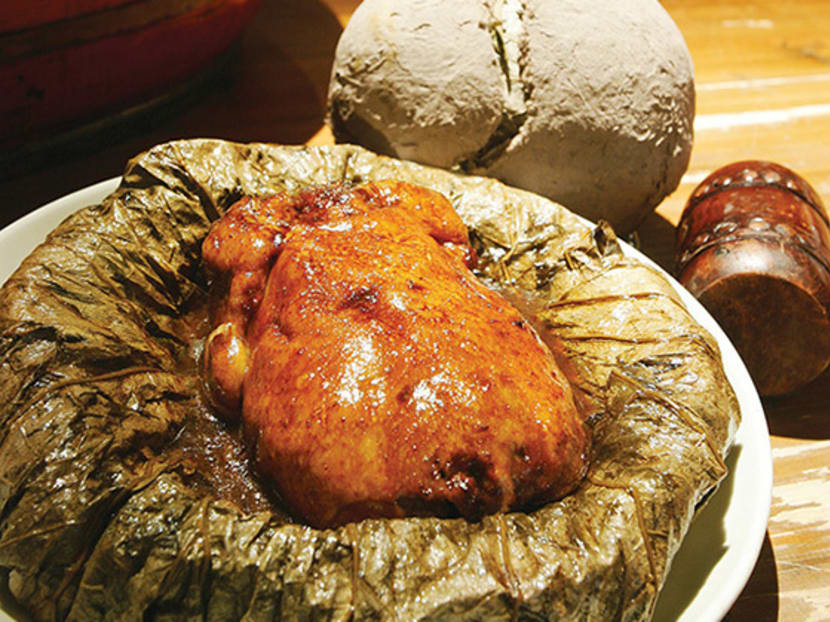
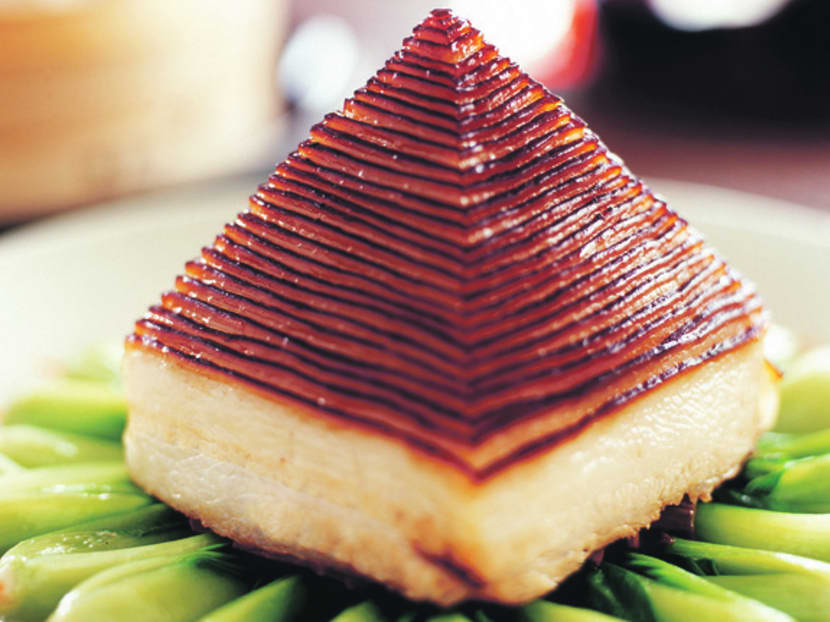
Asia’s reputation for satisfying the haughtiest palates has certainly grown in the last decade, putting food capitals such as Tokyo, Hong Kong, Shanghai and Singapore in the hot seat. By and large these metropolises have delivered, hogging the top spots on many top restaurants lists, and, consequently, drawing even greater crowds.
“Our appetite for travel is often led by our appetite for good food — many of our most memorable adventures across the globe are flavoured with such meals,” said Timothy Hou, a director of communications, who, like many Singaporeans, puts dining at the top of his travel itinerary.
Similarly, Madam Yee, a mother of two, who looks forward to the annual family getaway, confessed that the decision to visit a city or a specific attraction is often dependent on the quality of the meals in the area. “It’s just like how we decide on which malls here to head to for shopping or groceries,” she said, with a laugh.
That said, Asia’s food capitals are not the only destinations to whet our appetites. As evident in guides such as the annual Asia’s 50 Best Restaurants list, which will be publishing its fourth edition at the end of the month, there are also hidden gems — winning dining experiences that thrive on their unique location and quality fare more than on the flood of hungry tourists that bigger cities and their modern conveniences tend to attract. Here are five you will want to start making plans for.
> ANTONIO’S (TAGAYTAY, PHILIPPINES)
Last year’s position on Asia’s 50 Best Restaurants: 48
Located a two-hour drive from Manila, Tony Boy Escalante’s Filipino-tinged modern European restaurant is housed in a colonial-style mansion surrounded by lush gardens and its own farm. The stunning setting is where he plates dishes such as a ribeye steak flavoured with a cardamom dry rub accompanied by olive rice or tomato risotto, as well as lechon de leche — a slow-roasted suckling pig rubbed with herbs and spices.
“The inspiration for my cuisine is and has always been simply my love for the entire dining experience. When I was younger, as I had the opportunity to travel and experience numerous different restaurants, everything about what I tasted, saw, smelled, felt … all of it … really fired me up,” said the former student of dentistry, who had a stint as a flight attendant before making the switch to study cookery in Australia.
“Aside from Tagaytay’s incredibly beautiful scenery and my restaurant purposely being a destination establishment, having it in Tagaytay makes complete sense to me,” he explained. “Its soil, weather and air are perfect for organic farming, which is why we started our farms here. Also, it feels really good knowing we directly support the local farmers and community.”
The latter, he affirmed, cannot be done as efficiently from the city. The dining scene in Manila, he added, is a lot faster-paced and bustling a lot more today, than it ever has. “As with city living pretty much anywhere in the world, the dining scene is more progressive as well, from the culinary aspect, to the ambience and technology-related experiences,” he continued. “However, if people want to get away from the fast-paced energy and have a more relaxed, slower paced experience that is organic in its many facets, heading for the rural areas, such as Tagaytay or Bacolod City, would be perfect for that. Pretty much any city, town or village other than Manila, for the most part, is definitely a lot simpler and more straightforward.”
> CUISINE WAT DAMNAK (SIEM REAP, CAMBODIA)
Last year’s position: 50
French chef Joannes Riviere uses his New Cambodian cuisine as a vehicle to introduce diners to indigenous and rare ingredients. These include fruits such as ambarella and feroniella, as well as local fish and shellfish that are unique to the Mekong and Tonle Sap Lake.
Working directly with local foragers and fishermen, the Roanne-born native presents conceptual dishes such as pan-fried fish with tiger eggplant, fresh peppercorn and green mango in his traditional Khmer-style restaurant.
“My cooking is very basic and strictly focuses on seasonal products (some vegetables are only in season for two weeks). It is definitely Cambodian,” he said. “Being tucked in Cambodia for the past 13 years has kept me away from all the big trends and fashions, so I just cook the way I learned to from my father, more than 20 years ago: Simple, tasty and cheap.”
But why Siem Reap, you ask? Well, Riviere was encouraged by David Thompson (whose restaurant in Bangkok, Nahm, has consistently landed in the Top 10 on Asia’s 50 Best Restaurants since 2013). The French chef arrived in 2003 as a volunteer with an NGO and stayed to open a restaurant. And while he doesn’t feel there is a lack of an indigenous restaurant scene, the rising middle class in Cambodia want to experience “new and international cuisines”.
“There is less and less demand for local and/or traditional products, and I feel more and more Cambodian chefs are having trouble getting enthusiastic about their local products,” said Riviere. “I guess the trend will turn back and local cuisine will be in vogue again in a few years, as was the case in Bangkok, or even in France.”
So what does Riviere think is the best thing about Cambodia’s budding dining scene? “It is very ‘budding’ indeed,” he asserted. “There are some standout places such as Mie Cafe or Malis, but currently, the market is still very price-oriented and there are few chefs and restaurants daring enough to stand out or move away from the beaten track and promote their culinary patrimony. So it will be interesting to see where the trends lead in the near future.”
> NIHONBASHI AND MINISTRY OF CRAB (COLOMBO, SRI LANKA)
Last year’s position: 31 and 43
Snagging two spots on the Asia’s 50 Best Restaurants list, chef Dharshan Munidasa has used his unique parentage — his father is Sri Lankan and his mother is Japanese — to great effect in the two decade-old Nihonbashi. The restaurant pursues Japanese authenticity from its minimalist interiors, to its use of ingredients flown in from Tokyo. At Ministry Of Crab, the focus is solely on Sri Lankan seafood with traditional dishes such as crab curry and steamed ginger grouper. Still, while many would be surprised to hear of a Japanese restaurant in Colombo, they might be even more amazed to learn that the country already had Japanese restaurants 20 years ago — and that was even before its neighbour, India, had one.
“The connection between Japan and Sri Lanka is our common roots in Buddhism, and this has always kept the two countries close,” said Munidasa. “As both countries are island nations, access to great seafood only helped in making a Japanese restaurant possible in Sri Lanka that much easier. Nihonbashi’s smallest outlet inside a department store is the one that really put Japanese cuisine on Colombo’s culinary landscape.”
He added that while the city is small in size and in its infancy in terms of growing into a global city, the dining scene has been thriving, with Sri Lankan-themed restaurants taking the spotlight.
Ministry Of Crab, for example, is one of the pioneers that aims to showcase what Sri Lanka can offer, even if it doesn’t necessarily serve Sri Lankan cuisine. But many have followed in its footsteps.
Still, Munidasa said the country struggles to be more open to a more global selection of cuisines, simply because importing ingredients remains a very costly affair. “But it works if you can adapt Sri Lankan ingredients to those cuisines,” he added.
Indeed, the success of Nihonbashi and Ministry Of Crab is proof of that. But while a renewed interest in Sri Lankan cuisine is drawing the attention of diners from around the world, based on the country’s gross domestic product, Munidasa said the future isn’t as bright as it could be. “It’s going to take us a long time to become one of Asia’s capitals.”
> KARAVILLI AT THE GATEWAY HOTEL (BANGALORE, INDIA)
No 44 And No 49 on the 2013 and 2014 list, respectively
This restaurant may have dropped off the list, but it could find its way back to this year’s list. After all, they haven’t exactly made any bad changes.
“Our priority is maintaining the authenticity and quality of our food, both in terms of how it is cooked as well as how it is served, which plays a part in preserving our traditional cuisine for future generations,” said chef Naren Thimmaiah. “We believe this is why Karavalli continues to flourish despite growing competition in the restaurant space, with new trendy eateries in the neighbourhood. Our reputation has been built up over two decades as an honest, no-nonsense place serving simple, authentic, straight-forward comfort food.”
Housed in The Taj Gateway Hotel, the restaurant serves both classic vegetarian and non-vegetarian fare derived from India’s diverse cuisines. “We are a coastal restaurant serving food from India’s south-west coast, covering Goa, Mangalore and Kerala. Vegetarian cuisine is very popular in India and makes up a very large part of our menu and gone are the days, even in coastal restaurants, where vegetarians were relatively small in number,” he noted.
According to the chef, the restaurant replicates traditional dishes in their authentic form. “You could say they are according to our grandmother’s recipes — as closely as possible. We don’t experiment with the dishes. This consistency ensures that guests can look forward to the same authentic quality every time, and it’s why we have such a loyal following.”
But Thimmaiah also shared how seasonal ingredients mean that guests can still discover something new each time they visit, as he expounded on the region’s diverse culinary cultures.
“It’s an amazing place for authentic regional cuisine,” he asserted. “As we’ve dug deeper into the region and its hinterlands, over time, we’ve discovered dishes from more local communities, which we had not represented earlier, such as the Konkanis of Mangalore, Syrian Christians of Travancore and the Havyaka Brahmins of Vitla. Incorporating the traditional dishes from these communities lets us deliver something new, yet authentic and with deep roots in our culture.”
The restaurant also sources most of its ingredients from the region: These include black pepper, cardamom and cinnamon, as well as kudampuli (a kind of tamarind) from Coorg, kokum, palm jaggery and palm vinegar from Goa and Kundapur coconuts. It also uses seasonal vegetables, such as cashew and areca from Mangalore, and byadgi chilli from the Dharwad region.
Thimmaiah added that while Bangalore has its seasoned food connoisseurs who observe the trends and moods of the industry, eating out is not just a matter of choice. “Considering today’s demanding work-life patterns, it’s becoming a necessity,” he said.
> 28 HUBIN ROAD (HANGZHOU, CHINA)
Last year’s position: 34
It’s always nice to see a traditional restaurant doing well. But this Hyatt Regency Hangzhou resident does it by bringing an unexpected dimension to the experience of traditional cuisines from Hangzhou and the surrounding regions.
Located on the banks of the picturesque West Lake, 28 HuBin Road’s cleverly crafted cuisine is inspired from classic recipes of the region’s most popular dishes, said chef Colin Cheng, citing traditional Hangzhou dishes such as dongpo pork, and beggar’s chicken, which are prepared using fresh, locally sourced ingredients “to retain the dishes’ authentic flavours”.
Another advantage Hangzhou has over bigger and busier cities, in attracting food lovers, is its generally less greasy foods that boast “fresh and soft flavours and subtle fragrances”, said Cheng.
“More specifically, within this spectrum, Hangbang cuisine (the traditional cuisine of Hangzho) definitely represents these characteristics. In addition, Hangzhou’s unique natural environment provides inspiration not only for the cuisine, but also for the enrichment of the whole dining experience,” said the chef, who believes the upcoming G20 Summit is an opportunity for the cuisine to “step into the limelight”.
“Besides, we believe that we should always stay innovative, (but) with a rich foundation of our inherited culture,” he added.
“Devising showy new features should be seen as a nice challenge to take up — but not the key tactic to attract international guests.”
Click to eat: For more delish deals and news on what’s hot on the scene, download the 8 Days Eat App at http://www16.mediacorp.sg/8days/8daysapp2.html.





